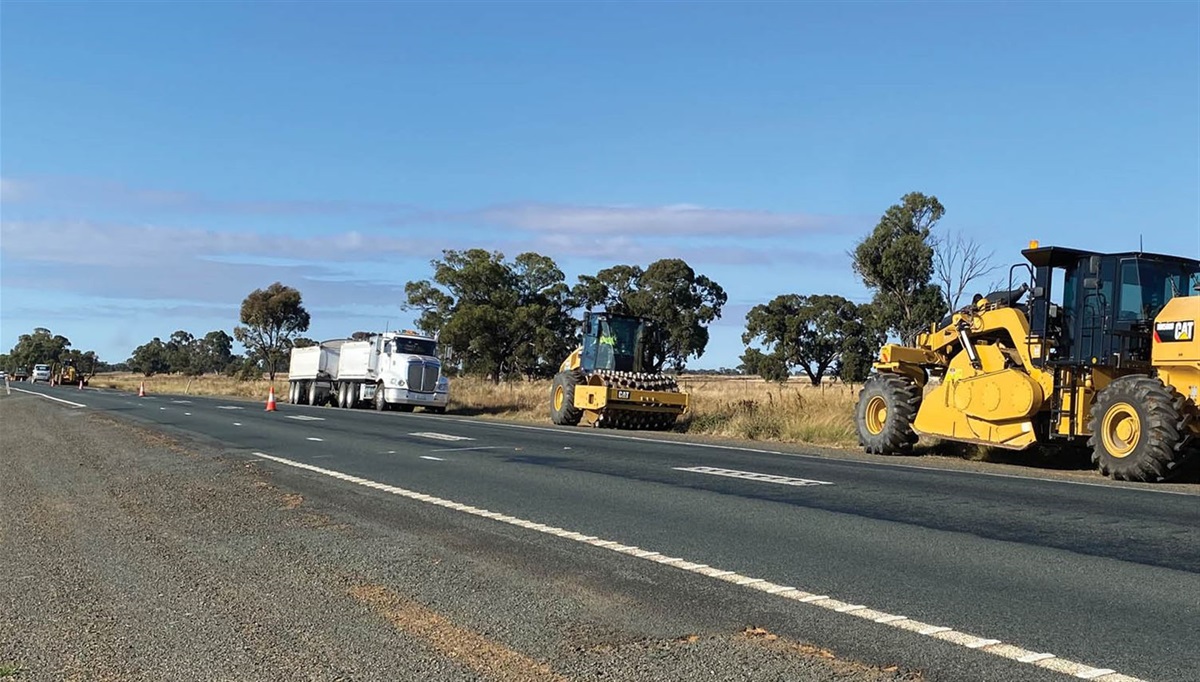The Road Deaths Australia bulletin released by Bureau of Infrastructure and Transport Research Economics (BITRE) today shows a higher than average number of road deaths for August, compared to August 2022. This is both devastating and disappointing and comes amid Rural Road Safety Month.
September is Rural Road Safety Month, which promotes awareness of the increased risks of travelling on and around our regional roads, such as increased speeds, road conditions, and emergency response and retrieval times. All road users must consider how they can uphold road safety.
Road safety matters are complex and don’t have quick solutions, which is why the Albanese Government is working with states and territories on a number of road safety commitments to halve road deaths by 2030, on the path to zero by 2050.
Inadequate road safety data has long been a topic of discussion in the road safety community. This Government is doing the work to improve national road safety data collection and reporting.
There are many complexities in producing a nationally consistent road safety data set. Road safety data is owned and recorded by individual states and territories, and road safety is often not the primary reason for data collection. State and territories also have differences in how this data is recorded and reported (from questions through to data presentation).
The Australian Government is working with all states and territories to create more reliable, consistent and accessible data, and then will look at what other valuable road safety data could be collected to inform policy and improve safety for all road users.
Through the , the Australian Government is working towards completing a łÔąĎÍřŐľ Road Safety Data Collection and Reporting Framework and minimum national dataset in 2024.
The Framework will set consistent definitions, structured and standard formats and timely outputs to provide the scaffolds for a minimum national data set.
This work is being undertaken in conjunction with state and territory governments through the Road Safety Data Working Group. The Road Safety Data Working Group consists of senior departmental officials from each jurisdiction.
Quotes attributable to Assistant Minister for Infrastructure and Transport Carol Brown:
“Unfortunately, August’s road deaths show 51 people have been killed on and around our regional and rural roads in reported jurisdictions just last month, and tragically 617 since the start of 2023.
“Quality and timely data is essential to inform road safety action, especially in regional and rural areas which, in 2022, accounted for almost two third of the road toll. One death is too many, which is why our Government is leading the charge on a nationally consistent approach to road safety data.
“The Road Safety Data Working Group is working to catalogue the nation’s current road safety data holdings, with a first iteration of the catalogue published on the Road Safety Data Hub in May.
“The Albanese Government will continue to prioritise road safety, deliver on this framework and our range of other road safety commitments, to help save lives and reduce road trauma in Australia.
“This includes the $43.6 million new łÔąĎÍřŐľ Road Safety Actions Grants Program, which will support projects targeting a number of critical road safety focus areas such as research and data.”







